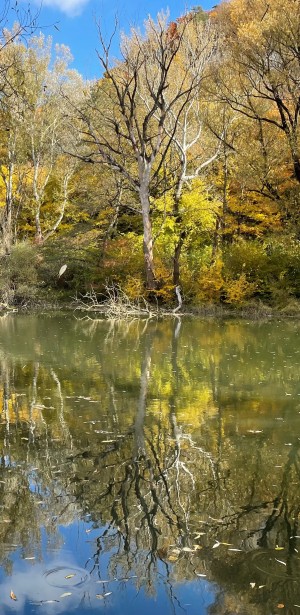 The essence of biological monitoring (biomonitoring) is to monitor the state of selectedlocalities (biotopes/habitats) for a long time through the study of such organisms that can respond quickly to changes in conditions in their environment. During our monitoring, we will focus on obtaining basic data on aquatic habitats and their surrounding terrestrial environment and the organisms that inhabit them.
The essence of biological monitoring (biomonitoring) is to monitor the state of selectedlocalities (biotopes/habitats) for a long time through the study of such organisms that can respond quickly to changes in conditions in their environment. During our monitoring, we will focus on obtaining basic data on aquatic habitats and their surrounding terrestrial environment and the organisms that inhabit them.
The quality of the aquatic environment can be monitored at many levels. The species diversity of the present organisms (from bacteria to fish and other aquatic and amphibian vertebrates) is monitored at community level. At the population level (a group of individuals of one species living in a common area), changes in abundance, age and sex structure, or the number and quality of offspring (reproduction) can be assessed. For practical reasons, biomonitoring is often limited to the of the continuous detectionpresence / absence of species with a high bioindication potential, so those that are sensitive to anticipated changes in the environment (e.g. chemical water pollution).
The result of biomonitoring should be information on the current occurrence of selectedspecies (bioindicators) in individual localities and their mutual comparison not only at the biological but also at the environmental level. When determining pollutants, it is important to focus on the ability of these substances to accumulate in the tissues of organisms, which may affect the very occurrence of the monitored species. Biomonitoring, in contrast to chemical and physical analysis of water, reflects the long-termstate of theaquatic environment, as well as the long-term consequences of short-term pollution or other interventions in aquatic ecosystems.
Our main task will be to determine the diversity of organisms in selected localities and the possible presence of bioindicators, which will be a "mirror" of the environment in the Laborec and Uh river basins. The more diverse life we find in the waters and their surroundings, the better the aquatic ecosystem in these areas should be. In addition to the very presence of organisms in the monitored localities, we will also be interested in some of their properties, which also reflect the state of the environment. In addition to monitoring of morphological features, we will use other procedures such as biochemical, physiological tests or behavioural techniques.
Let us not forget that biomonitoring should be done repeatedly in the same periods, in the same year and in the same methodology, so that the results are comparable between years.






